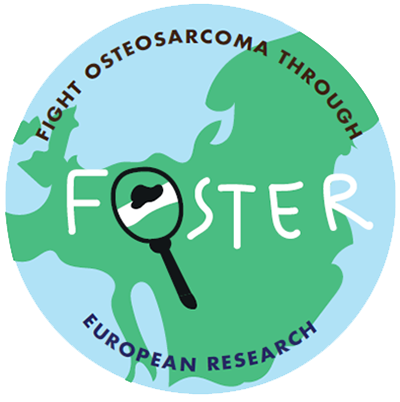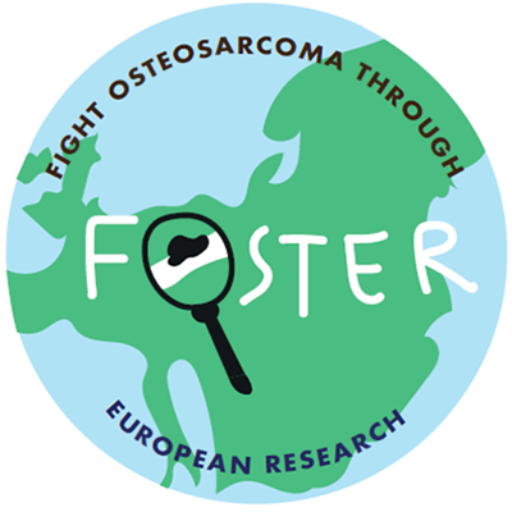Overview of Osteosarcoma
Osteosarcoma is a rare and aggressive form of primary bone cancer that predominantly affects children, teenagers, and young adults. It originates in osteoblasts—the cells responsible for bone formation—and most commonly develops in the long bones of the legs and arms, particularly around the knees and shoulders.
Incidence and Demographics
In Europe, approximately x individuals are diagnosed with osteosarcoma each year. The disease primarily affects two age groups: those between 10 and 30 years old, and individuals over 60.
Symptoms
Symptoms of osteosarcoma can vary depending on the tumor’s location and size. Common signs include:
- Pain: Often the earliest symptom, presenting as persistent bone pain that may worsen at night or during rest.
- Swelling: Noticeable swelling or a lump at the tumor site, which can restrict joint movement if near a joint.
- Fractures: Bones weakened by the tumor may fracture easily, sometimes with minimal or no trauma.
- General symptoms: Fatigue, unintended weight loss, fever, and reduced appetite.
Diagnosis
Diagnosing osteosarcoma involves several steps:
- Imaging Tests: Initial evaluation typically includes X-rays, followed by more detailed imaging such as MRI or CT scans to assess the tumor’s size and location.
- Biopsy: A sample of the tumor tissue is extracted and examined microscopically to confirm the diagnosis and determine the tumor’s grade.
- Staging: Additional tests, like bone scans or PET scans, help determine if the cancer has metastasized, particularly to the lungs or other bones.
Treatment
Treatment strategies for osteosarcoma generally combine surgery and chemotherapy:
- Chemotherapy: Administered before surgery (neoadjuvant therapy) to shrink the tumor and address microscopic metastases, and possibly after surgery (adjuvant therapy) to eliminate remaining cancer cells.
- Surgery: The primary goal is complete removal of the tumor with clear margins. Limb-sparing surgery is often possible, but in some cases, amputation may be necessary.
Radiation therapy is less commonly used due to osteosarcoma’s relative resistance to it but may be considered in certain situations.
Prognosis
The prognosis for osteosarcoma patients depends on various factors, including the tumor’s size, location, grade, presence of metastasis, and response to treatment. Advancements in treatment have improved survival rates, but ongoing research and clinical trials are crucial for further progress.
Necessity of expertise
Given the complexity and rarity of osteosarcoma, it’s essential for patients to receive care from specialized medical centers with expertise in bone cancers to ensure optimal treatment outcomes.

Contact us
Gustave Roussy
114, rue Édouard-Vaillant
94805 Villejuif Cedex - France
+33 (0)1 42 11 42 11
Information
The Objectives
The Parents & Patients
The Work Packages
News
The consortium
The research
The parents & patients
Links
Accessibility
Cookies
Terms and conditions
